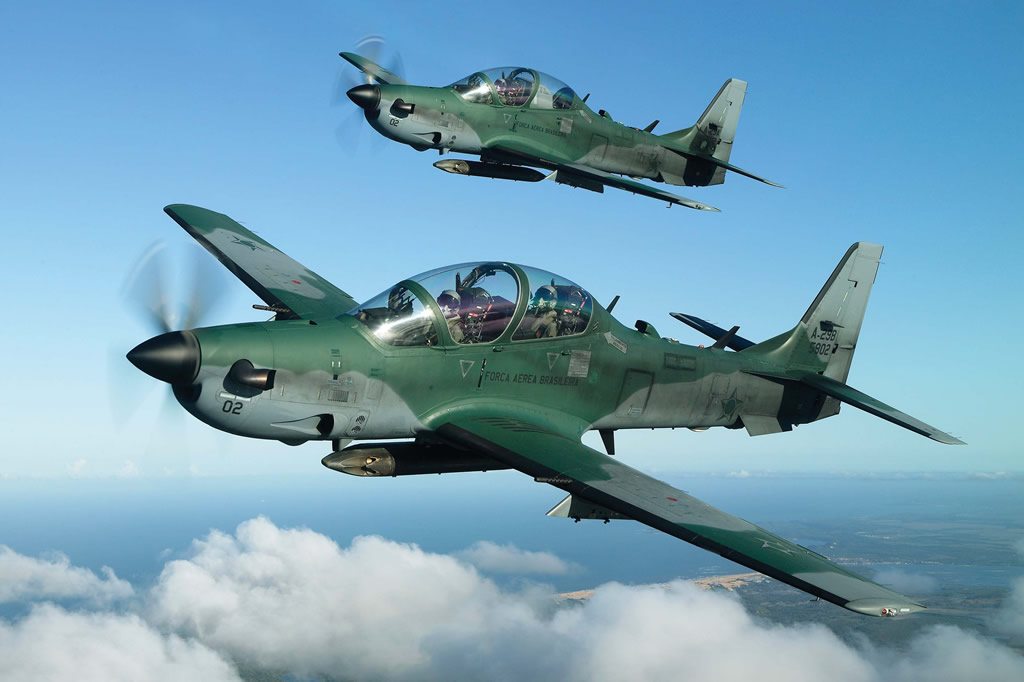In the Afghanistan government’s continued effort to independently battle counterinsurgency, a new tool will be added to their arsenal designed to allow versatility, reconnaissance and precision weapons placement to the growing Afghan air force.
Announced Dec. 30, the U.S. Air Force has approved a contract worth more than $350 million that will provide the Afghan air force with at least 20 A-29 Super Tucano light air support aircraft, ground training devices and all associated maintenance and support equipment originally slated to arrive mid-to-late 2013.
According to Brig. Gen. Tim Ray, the NATO Air Training Command-Afghanistan commander, the Tucano was “tailor made” for the Afghan’s counterinsurgency mission and provides a cost-effective, easy to sustain platform to help augment the Afghan air force’s already capable lift and training platforms.
“The LAS platform signals a milestone in moving beyond lift and rotary wing where we’re really not going after the enemy,” Ray said.
“The Tucano is the most kinetic, most offensive aircraft they’ll have, and I’m sure a big morale boost to the troops on the ground when they see it overhead. It’s the right kind of platform for the terrain, the fight and most importantly, it’s easy to sustain,” he said.
Built for counterinsurgency missions, the light air support platform — specifically the Tucano — has been the heavy lifter in fighting antigovernment elements around the world. More than 150 units across the globe have logged a collective 130,000 flight hours with more than 18,000 combat hours with no recorded losses.
Mirroring the same success in Afghanistan relies on two primary missions. The first is ensuring related costs of the light air support stay within the Afghan government’s current and projected budgets.
“The LAS operates at a fraction of the cost of other strike platforms,” Ray said. “The engine in the aircraft is incredibly reliable and very simple. We have the same engines in the Cessna 208s and it’s the most reliable in the aircraft industry that I’m aware of.”
The second is training pilots and pilot trainers capable of handling the aircraft in combat scenarios.
“The Afghans are good aviators,” Ray said. “When it comes to the basic stick and rudder skills and bravery, they are more than suitable, and we have two curriculums being refined to train the advisors and to train the students. We already have students flowing out of the different pilot training pipelines and learning the basics of flying fixed wing aircraft. The follow on of course would be a mission training program that would give them the skills to employ the LAS in combat.”
The light air support’s addition marks the final major complement to the Afghan air force’s inventory of more than 100 varied aircraft and sets the stage for future growth. Basic training for the light air support airframe will be conducted at Shindand Air Base with follow on mission training held at a different location yet to be determined.
Activated in 2009, NTM-A is a coalition of 37 contributing nations charged with assisting the government of Islamic Republic of Afghanistan in generating a capable and sustainable Afghan National Security Force ready to take lead of their country’s security by 2014.









